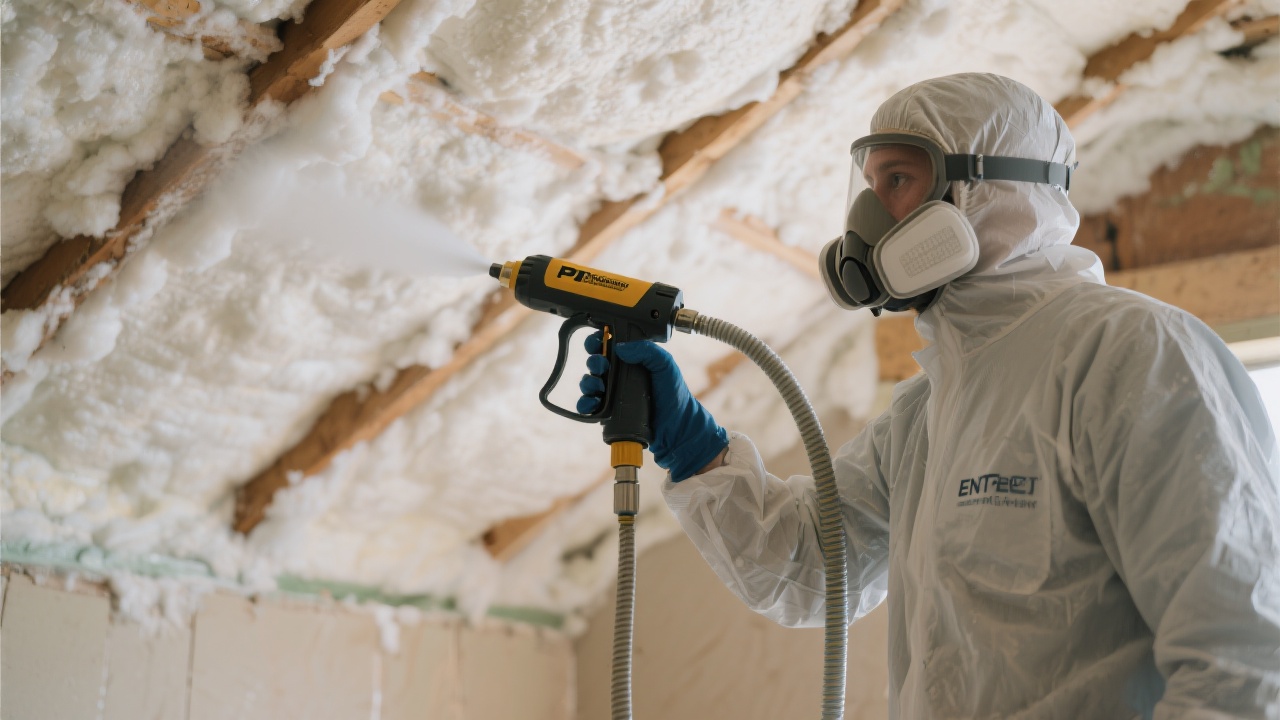Plymouth Spray Foam Insulation: Old House, New Tricks for Quirky UK Homes
If you live in a quirky old home in Plymouth or nearby spots like Devonport, you probably adore its personality but dread the winter chill. Many classic UK houses were built in the days before modern insulation, so you feel every draught and spend a fortune on heating. Good news: spray foam insulation (sometimes called spray polyurethane foam or SPF insulation) might just be the clever fix your vintage home needs. In this guide, we’ll break down what spray foam does, explore how it fares in unusual spaces, and go over the pros, cons and costs-whether you live by the sea in Plymouth or dream of a warm terrace in Bristol or Brighton.
What Is Spray Foam Insulation, and How Does It Work?
Spray foam insulation is a clever material sprayed onto walls, under floors, or up in your loft. It starts out as a liquid and quickly puffs up to fill even the trickiest gaps and cracks. It sticks to most building materials, which is brilliant news for old houses with awkward shapes. There are two main types you’ll hear about: open-cell and closed-cell spray foam.
- Open-cell spray foam: Softer, spongier, and great for soundproofing but a bit less insulating. Cheaper, though!
- Closed-cell spray foam: Much denser, blocks water, stronger at keeping in the heat but costs more.
Both types work well, but your choice depends on whether you’re trying to cut noise from the street, keep moisture out, or just stay toasty. Most Plymouth homes need closed-cell for its water resistance, especially in windy coastal areas, but open-cell is handy in interior spaces.
Spray Foam and Old Houses: Is It the Right Fit?
Old homes come with all sorts of surprises-wonky walls, hidden nooks, and hard-to-reach lofts. Unlike rolls of fibreglass or fiddly panels, spray foam insulation squeezes into gaps around beams, between floorboards, and inside tight corners. This makes it perfect for listed buildings or Victorian terraces across the South West and beyond (think Bristol, Southampton, Brighton, and Hove). Spray foam can even help stop draughts sneaking through stone or brickwork that other insulation misses.
It’s not only about heat. If you’re near busy roads, open-cell spray foam can muffle unwanted street sounds. Closed-cell types help with damp-which older Plymouth and Devonport homes sometimes suffer from.
Benefits and Drawbacks: Is Spray Foam Insulation Worth It?
Let’s be real: every insulation method has its ups and downs. Here’s a quick run-down of what spray foam brings to the table-especially for tricky or period homes.
| Benefits | Drawbacks |
|---|---|
|
– Fits awkward and hard-to-reach spaces. – Can cut heating bills by up to 40%. – Helps stop draughts and damp. – Lasts for decades if installed properly. |
– Installation cost is higher than wool or fibreglass. – Can be hard to remove if you need to repair walls in future. – Not suitable for all heritage properties (check with local council). |
So, is spray foam insulation worth it for Plymouth’s older homes? If your energy bills are sky-high and cold spots are getting you down, the savings can pay off over the years. On average, spray foam insulation costs between £40 and £70 per square metre for closed-cell in the Plymouth region. Investing a bit more up front can save you money later and make your home much more comfortable.
What to Consider Before You Choose Spray Foam
Here are some things to run through before ringing up an installer in Plymouth or nearby cities like Exeter, Bristol or even London or Manchester:
- Is your home listed or in a conservation area? Double-check with your local planner first.
- Are you dealing with damp, or is soundproofing your big worry?
- What’s your budget, and how many square metres do you need to cover?
- Do you need a pro to assess your home for ventilation or future repairs?
Proper installation is key. Always use a certified installer to avoid mistakes that could lead to trapped moisture. People in Plymouth, Devonport and other cities like Leeds or Sheffield can find local pros easily these days, as the demand for spray foam grows.
Final Thoughts: Breathing New Life Into Old Homes
If your home in Plymouth or surrounds is as quirky as it is chilly, spray foam insulation could be the answer. It fits the oddest corners, keeps the heat in, and pays back in lower bills. While it’s not cheap, the benefits for comfort and warmth are hard to ignore. Don’t forget to browse our other guides if you’re comparing options for homes in cities like Bradford, Coventry, or Norwich-we’ve got tips for all sorts of UK spots, whether your house is ancient or just a bit unusual!
